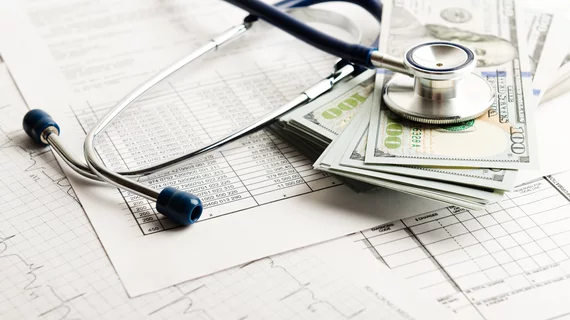Healthcare stocks rise during market volatility
The healthcare sector has been on fire over the last several years, with investors in the space seeing big returns on stocks. Even during periods of volatility across the stock market at the end of 2018, the healthcare sector remained consistent, with “stellar returns,” Bloomberg reported.
The end of 2018 was one of only four periods when valuations swung up and down so intensely. However, the 60 publicly traded companies in the S&P 500’s Health Care Index did just fine. In fact, they were the “sole mainstay” as market winners amid all those swing periods, according to Bloomberg.
While the S&P 500, Dow Jones Industrial Average and Nasdaq faltered as much as 5 percent at the end of 2018, three of the top five U.S.-based mutual funds with assets greater than $5 billion specialized in healthcare stocks.
Unlike other sectors, the healthcare space isn’t as impacted by global economic volatility.
“Rising demand for health-related products and services, regardless of the economy’s cycle, military conflicts and political firestorms, helps explain why health-care investors can ignore Trump’s daily tweets and his tariffs on trade with Canada, China, Mexico and the EU,” Bloomberg reported.
The sector has been performing well since the Affordable Care Act, in particular.
See the full story below:

